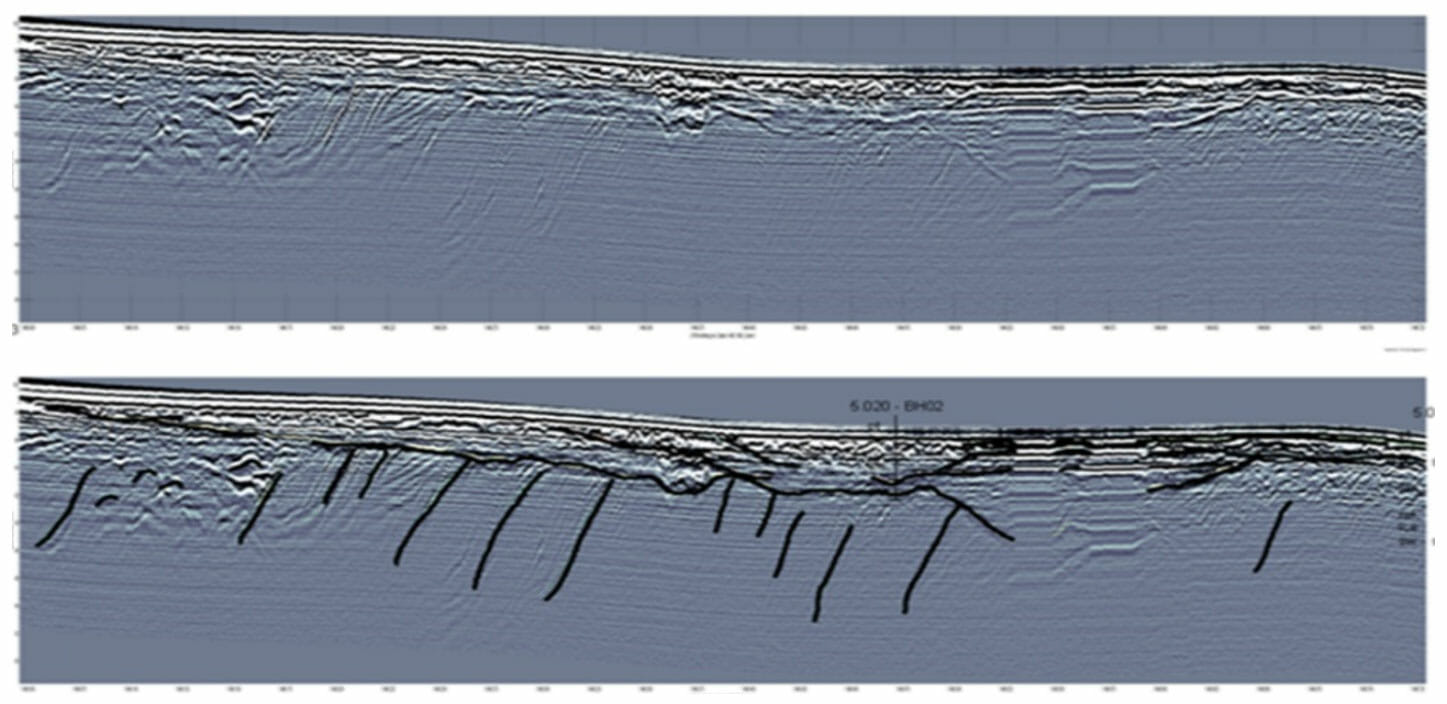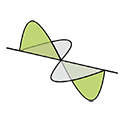








Da die Vermessungsanforderungen meist unterschiedlich sind, trifft dies auch auf die Kosten zu. Folgende Parameter müssen bei der Erstellung eines Offerts in Betracht gezogen werden:
Gerne beraten wir Sie und stellen Ihnen ein maßgeschneidertes Angebot unter Berücksichtigung Ihrer individuellen Bedürfnisse zusammen. Wir freuen uns auf Ihre Anfrage unter office@geoprospectors.com.
Ein Kalkulationsbeispiel auf Grundlage der Kartierung von 200 m Straßenzug im besiedelten Raum:
Kosten Equipment € 713,06
Kosten Vorbereitung € 877,29
Datenauswertung € 2.129,81
Gesamtkosten € 3.720,16








